Ready Up Redstone
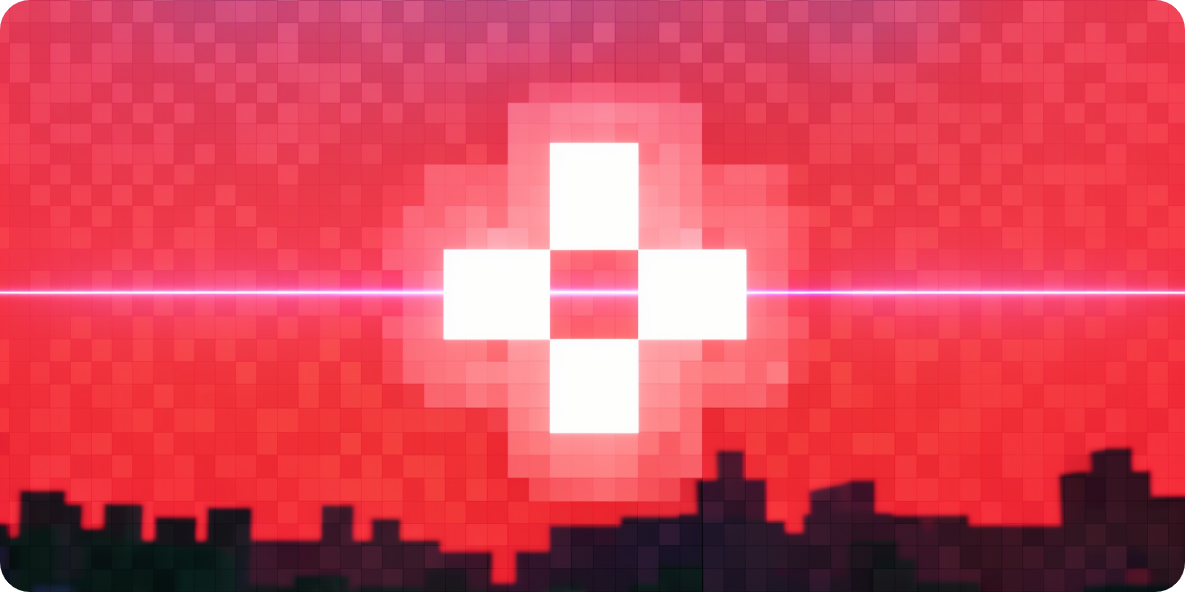
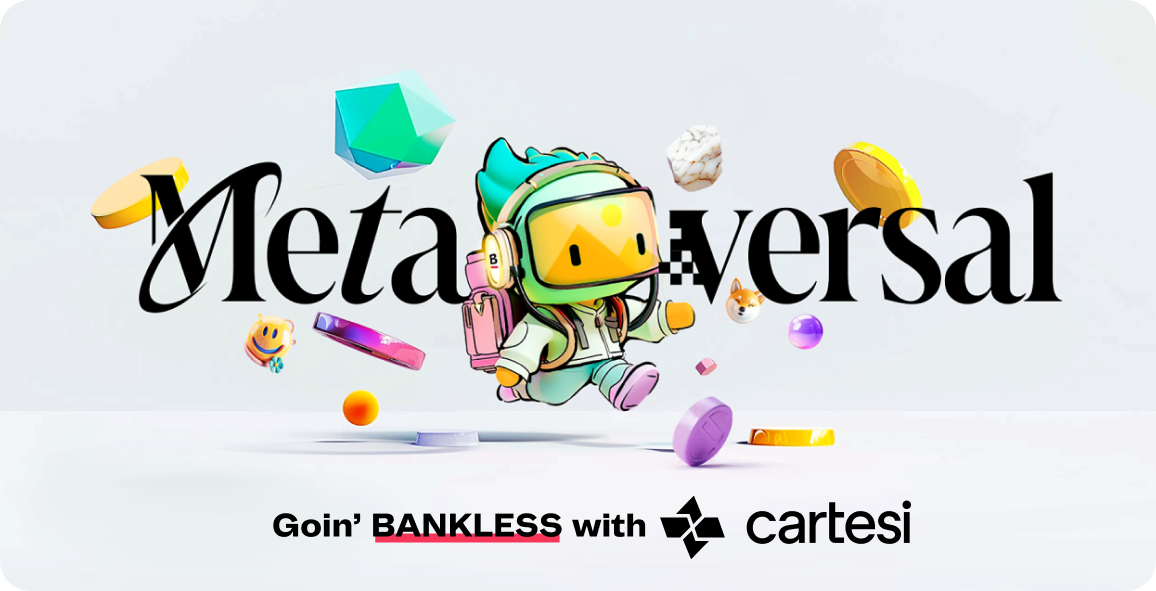
View in Browser
Sponsor: Cartesi — Build app-specific rollups with Web2 tooling without the constraints of Web3!

- ⛓️ Blur goes L2. Popular NFT marketplace Blur rolled out on its Blast L2, paving the way for users to earn Blast Points and Blast Gold by trading on the platform.
- 🎴 Parallel welcomes Planetfall. Top NFT TCG Parallel kicked off its Open Beta Season 3, a release that introduces the title’s first expansion set, Planetfall, into matchmaking.
- 🔵 Prohibition to Base. NFT minting platform Prohibition announced support for the Base L2, an expansion beyond its previous focus on just generative art, and a new MOONSHINE points program.
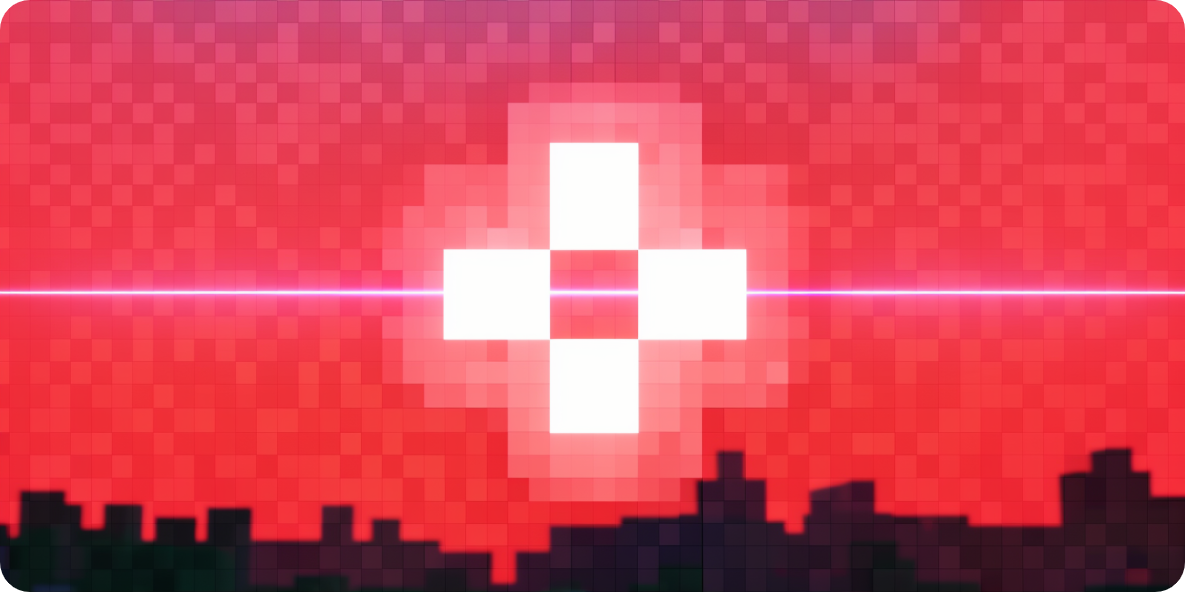
Lattice is the team behind MUD, a framework for building onchain apps. Because of MUD’s rising popularity with gaming projects and autonomous worlds, the framework is sometimes referred to as an onchain game engine.
Last year, Lattice realized that for the full potential of MUD to be unleashed, they would need to build a custom Layer 2 (L2) scaling solution, which led to the introduction of the Redstone testnet in November 2023.
Redstone is a highly-efficient, next-gen L2 specifically designed for apps and games that are totally onchain within its Ethereum Virtual Machine (EVM) implementation.
Inspired by the old Plasma scaling approach and built on the OP Stack, Redstone is a non-traditional optimistic rollup, as instead of posting its full state to Ethereum, it posts only a data commitment hash.
This approach reduces the data posted to Ethereum significantly—from 120 kilobytes per batch to just 32 bytes, slashing security costs by over 90%. As such, its efficiency and integration with MUD make Redstone a new attractive hub for building and scaling onchain apps.
All that said, this novel L2 is in the limelight this week because it’s releasing its mainnet tomorrow, May 1st, at which point a series of games will officially launch on the chain. Some of the titles to look forward to include:
- 🧱 Biomes — Think Minecraft, but fully onchain; mine, build, fight, explore, etc.
- 🛸 DF Ares — A community-run, optimized version of the Dark Forest real-time strategy (RTS) series.
- 🌱 Downstream — A modding-centric “post-singularity” civilization simulator.
- ⚔️ Sky Strife — The flagship RTS game of the Lattice team, centered around tactical multiplayer matches.
- 😨 This Cursed Machine — A sci-fi horror game by the indie studio Moving Castles.
My personal plan of attack once Redstone is live?
- Deposit in some ETH via the Redstone Bridge (Mainnet support starts on May 1st, and external “fast” bridges should also be adding support imminently)
- Mint a Sky Strife Season 1 Pass (These NFTs cost 0.03 ETH each and won’t be mintable after May 3rd; they offer a range of perks, like exclusive in-game content and match customization abilities)
- Win Sky Strife matches to earn orbs (The ERC-20 tokens used to create matches in the game; they’re only earnable through winning, and while I’m not approaching them as an investment, value accrual isn’t out of the question if Sky Strife rises in popularity)
- Explore the other available games on Redstone (I’m starting with Sky Strife because it’s Lattice’s flagship, but Biomes, DF Ares, and Downstream are all in the ballpark of games I enjoy, so I’m excited to try them; This Cursed Machine also looks zany so I’ll be taking it for a spin too)
If you’re interested in diving into Redstone as well, consider brushing up on your Sky Strife knowledge and setting aside some ETH for bridging in to prep for the launch tomorrow.
Zooming out, Redstone is compelling because its unique design and integration with MUD allow it to support complex apps better than traditional L2s, and this approach paves the way for new kinds of fully onchain games to be built. It’s worth tracking closely going forward accordingly.
In the meantime, follow the Lattice and Redstone Twitter accounts to stay up to date with the project, and check out the L2’s docs if you ever want to dive deeper into how the chain works—it's certainly one-of-a-kind right now.
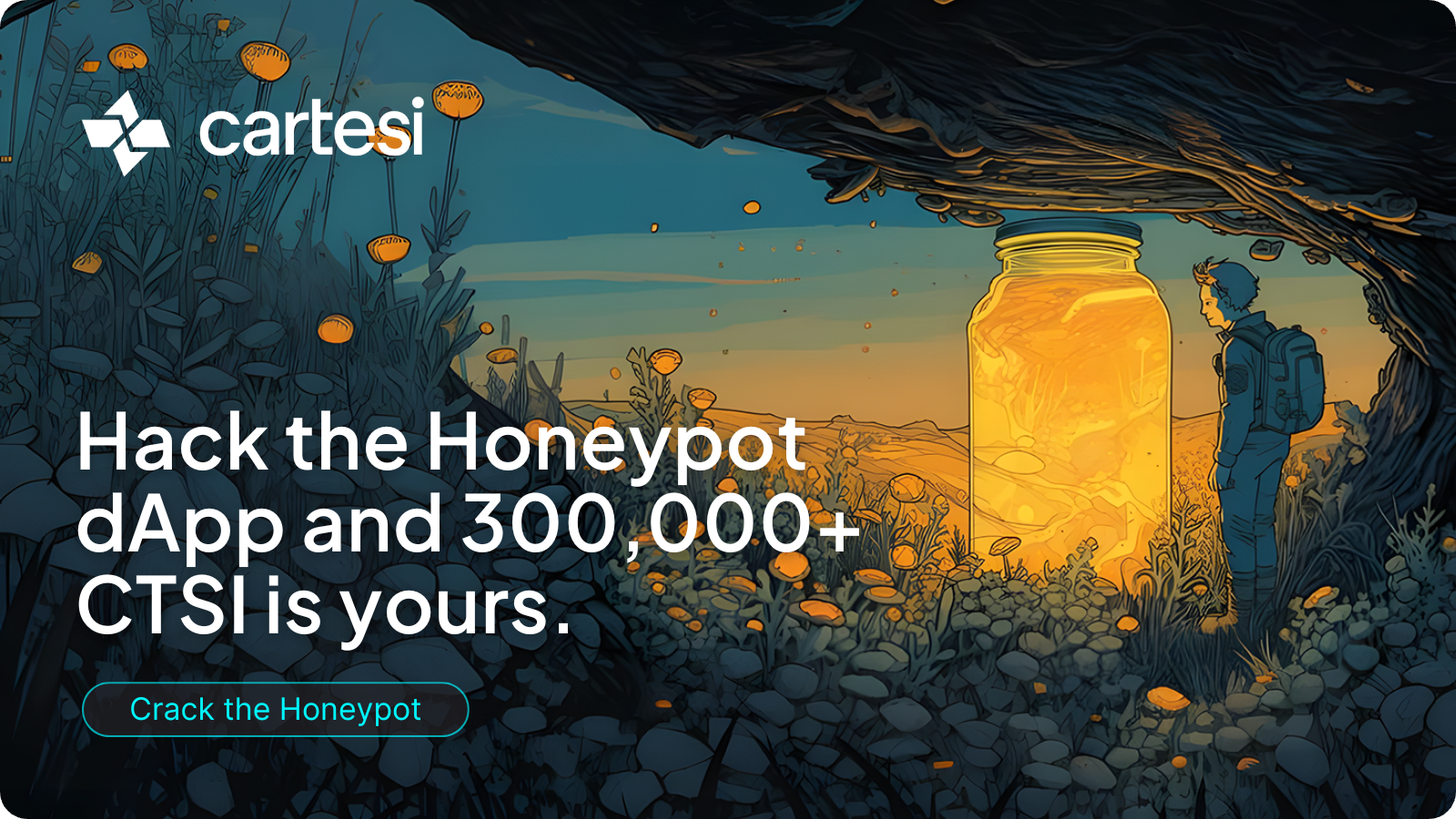
Cartesi has a challenge for all talented devs! Try to hack their Honeypot dApp. Compete in a bug-bounty initiative to test, scrutinize, and refine the underlying code of Cartesi Rollups!
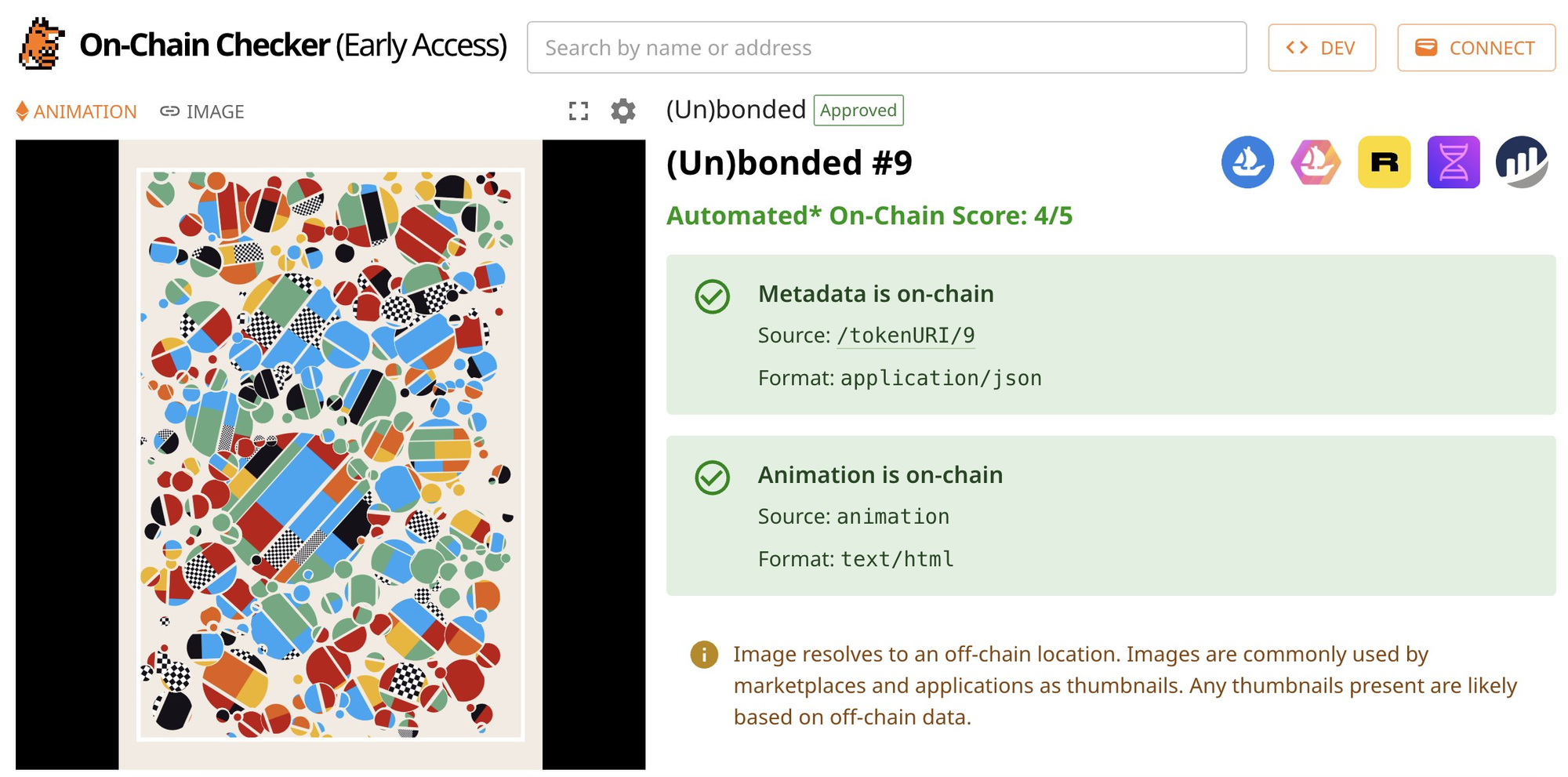
What if there was a way to quickly analyze whether an NFT stores its art and data onchain, and if so, how onchain?
The good news is there is such a resource, and it’s On-Chain Checker by tokenfox.
The platform’s beta release is tomorrow, and while its coverage isn’t comprehensive yet, it does track a wide variety of projects and counting, and offers an “onchainness” score for each, with 5/5 being the highest possible rating.
So whether you want to analyze your holdings or just study how different NFTs approach storage, this site is one you’ll want to add to your toolbox!